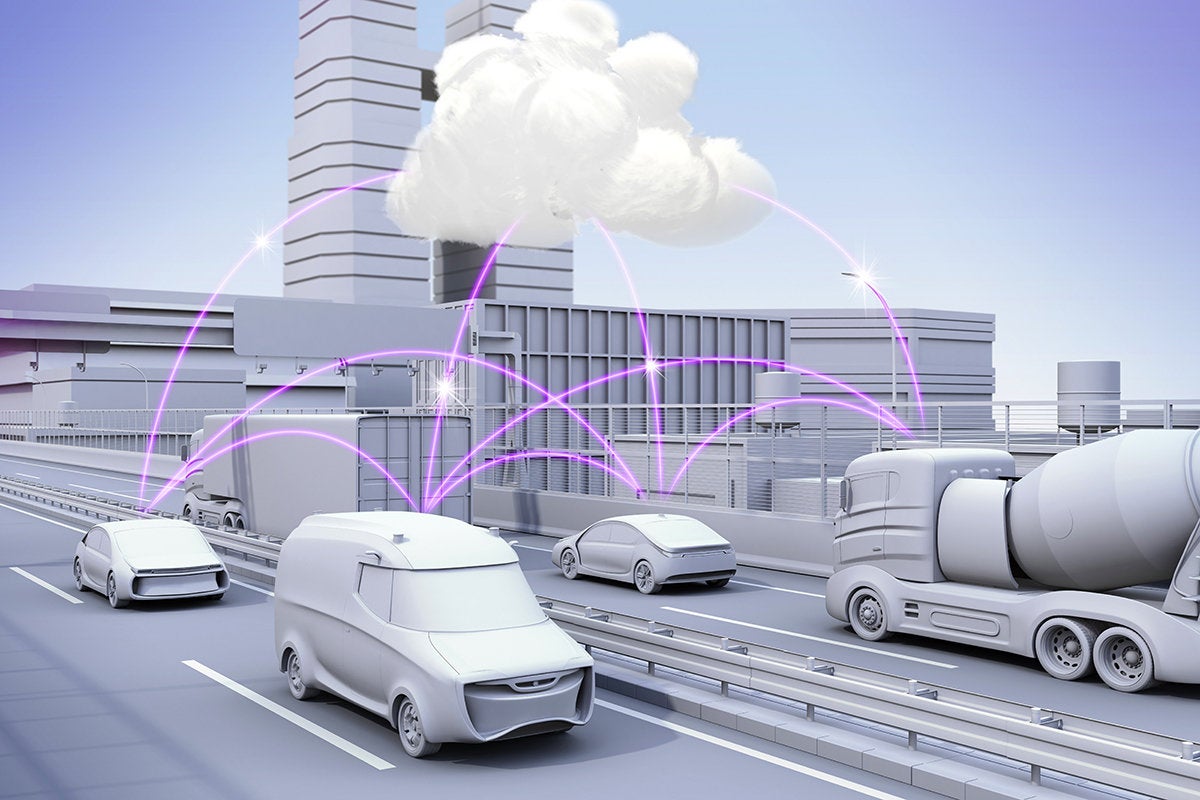
As this article from The Wall Street Journal points out (behind a paywall), automobiles are becoming the focus of technology providers, including cloud providers. If you’ve been paying attention, you’ve realized that cars are becoming software-defined. Any Tesla owner can tell you about some new capability or feature that was part of a software update.
Most auto manufacturers are moving in the same direction, providing a completely connected, software-defined product, albeit some more slowly than others. The core component is a cloud-delivered, back-end infrastructure that can support hundreds of thousands of cars with safety, entertainment, and performance services that set that car apart from the others. This is where the battles are going to be fought, with automobiles morphing into extensions of cloud services with each model-year release.
This is an old game. I worked on prototypes of automated and connected cars in the ’90s as a young software engineer. Slowly but surely, cars have become defined more by computer automation and less by horsepower or wheelbase. Most performance enhancements are made at the software level these days; major modifications that require mechanical changes are mostly a thing of the past.
How will this play out? How will enterprises benefit from these innovations?
First of all, cars will begin to be distinguished largely by the cloud computing services that support them. For example, Apple Car Play was a handy service providing you another way to use your iPhone to play podcasts or use voice response for text messages. These systems now monitor driving systems, improve performance, and deal with safety issues.
What has changed? The core system that defines your car will be much like the operating system that defines your cell phone. Instead of decoupled systems interacting to produce a driving experience, unified systems will operate within a common operating environment.
The back end of the common system will link to cloud providers to do the more advanced “off-car processing,” such as examining data from car sensors to determine if a maintenance event is likely to occur soon, using AI and petabytes of learning data to make that call. It could even notice that your driving behaviors have changed, which could indicate some sort of health issue may need attention.
The key is that the car will really become an edge computer, with lighter-weight processing occurring on board as related to the safe operation of the vehicle. The more impressive stuff will occur on the back-end cloud providers that house massive amounts of data and process-intensive AI and analytics systems.
The benefit for enterprises will be self-driving trucks that can carry loads over long distances and become part of a more predictable and reliable supply chain. Moreover, maintenance and fuel costs should drop, and even the trucks driven by humans should provide superior safety, efficiency, and comfort.
Employees should show up to work, if they still do, in better moods. Accidents and driving injuries and deaths will be few and far between. Perhaps this is wishful thinking, but it’s not that much of a stretch.
What you need to understand is that things will continue to evolve. You’ll wake up one morning and notice that your car has risen to another level of technological efficiency. Your business will benefit from this as well. You can thank a public cloud provider.
Copyright © 2022 IDG Communications, Inc.
Originally posted on October 4, 2022 @ 10:46 am
